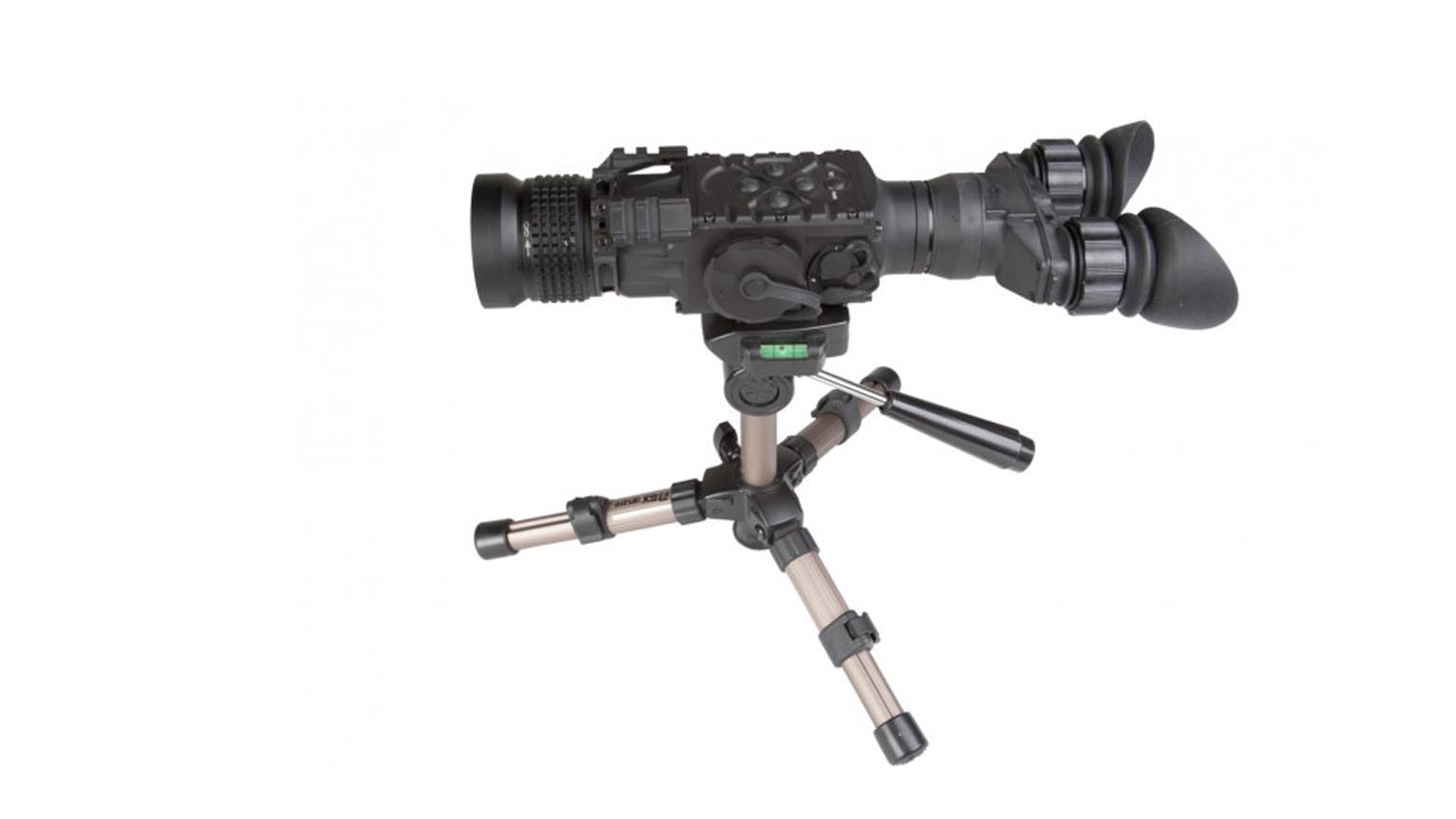
Thermal binoculars, also known as infrared imaging technology, is a sophisticated and powerful tool that allows for the visualization and analysis of thermal radiation emitted by objects. This cutting-edge technology has found extensive applications across various fields, including military and defense, search and rescue operations, surveillance, industrial inspection, and even medical diagnostics. The purpose of this essay is to provide a comprehensive and in-depth understanding of thermal binoculars, its working principles, applications, advantages, and limitations.
Contents
Working of Thermal Binoculars
At its core, thermal binoculars rely on the detection and interpretation of thermal radiation, also known as heat energy, which is emitted by all objects above absolute zero temperature. Unlike visible light, which is within the electromagnetic spectrum humans can see, thermal radiation exists in the infrared portion of the spectrum. Thermal imaging systems capture this emitted infrared radiation and produce a visual representation of the temperature differences across an observed scene. This imagery is created using a combination of advanced binoculars, temperature-sensitive detectors, signal processing algorithms, and display technologies.
Applications of thermal binoculars
The applications of thermal binoculars are vast and impactful. In military and defense operations, thermal imaging works as a force multiplier by enabling soldiers to see in complete darkness or through low visibility conditions, enhancing situational awareness, and improving target detection capabilities. Search and rescue teams benefit from thermal binoculars as it allows them to quickly locate and rescue individuals by detecting their body heat signatures even in areas with dense vegetation or hazardous conditions. Thermal cameras have proven valuable in surveillance and law enforcement as they can accurately detect human activity, identify concealed weapons, and provide enhanced perimeter security.
Moreover, thermal binoculars have become indispensable in industrial inspection and maintenance processes. By identifying areas of excessive heat, it helps detect potential equipment failures, electrical hazards, insulation issues, or leaks, thus preventing costly damages and ensuring safety. In the medical field, thermal imaging has gained attention for its non-invasive nature and ability to identify temperature anomalies, aiding in the early detection of diseases like breast cancer, peripheral vascular disorders, and even COVID-19.
Advantages
Thermal binoculars offer several advantages. First and foremost, it provides the ability to see beyond the limitations of visible light, expanding observation capabilities and increasing safety in challenging environments. Additionally, thermal imaging is not affected by ambient light conditions, making it highly effective during both day and night. The non-contact nature of thermal technology allows for remote sensing, reducing the need for physical contact with the objects under investigation and minimizing the risk of cross-contamination. Finally, the real-time visualization of thermal data aids in prompt decision-making, facilitating quick responses and interventions.
Limitations
However, like any technology, thermal binoculars have its limitations. One significant limitation is the inability to identify specific objects or individuals based solely on thermal imagery. While thermal cameras excel in detecting thermal contrasts, they often lack the ability to provide detailed information about the shapes or textures of objects. This drawback necessitates the collaboration of thermal data with other complementary technologies, such as visible light imaging or radar, to achieve a comprehensive understanding of the observed scene. Furthermore, thermal imaging accuracy can be affected by various factors like atmospheric conditions, distance, and the emissivity of the object being observed, requiring the user’s expertise to interpret the data correctly.
Conclusion
Thermal binoculars is an advanced imaging technology that enables the visualization and analysis of thermal radiation emitted by objects. Its wide range of applications and benefits, including enhanced situational awareness, improved safety, and early detection of anomalies, have made it an invaluable tool in various fields. While thermal binoculars offer several advantages, such as the ability to see through darkness, non-invasive nature, and real-time monitoring, it is crucial to acknowledge its limitations, such as the lack of object recognition and reliance on external factors. Through further research and innovation, there is great potential to harness the power of thermal binoculars for more sophisticated applications, ultimately enhancing our understanding and interaction with the world around us. For further reference visit www.plomotactical.com

Leave a Reply